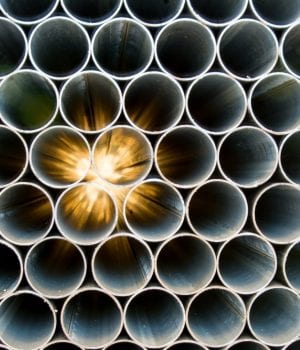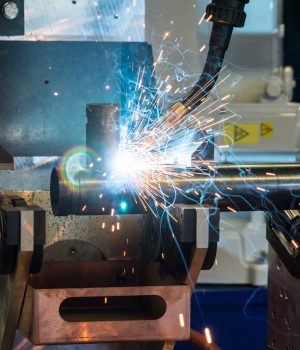E-mobility
Under the influence of climate change, the automotive industry is increasing attention towards the development and production of electric cars. Demand for CO2 reduction encourages making lightweight designs and alternatives to old fuels, making green mobility possible.
This trend offers AWL the possibility of applying its many years of experience in the field of solutions for automated connections to new products, such as batteries and battery frames for cars and their components. These battery frames are large structures that contain the individual battery modules which are the power source for electric vehicles.
Battery frame
AWL is preparing for these new demands and questions. For example, the battery box must have a low weight but be particularly strong and compact to prevent the risk of leakage or fire during an accident. In addition, the batteries must be produced in large numbers.
Example
For a customer, AWL developed a machine for producing parts of a battery frame. This frame consists of a combination of forged aluminum parts and extruded aluminum profiles. Laser welding was the correct process for these parts. The variable distance between the parts that were to be welded was an additional challenge. Considering the materials used and possible inconsistent distances between the individual parts, it quickly became clear that an additional cold wire was needed for a stable welding process. Because of the low heat input and the required clean weld without spatters, laser welding was the only option. After implementation, we showed our customer that we could bridge the varying distances without changing the welding parameters. That produced a reliable welding process and good weld quality.
Battery module
“AWL helps customers with their lightweight challenges. We have years of experience in automated joining solutions and system integration, which is of great value in the production of batteries and battery components. AWL contributes to green and sustainable e-mobility.”
Research into ever-lighter cars
If the weight of a car drops, CO2 emissions decrease. A good way to reduce the weight of a car is by using aluminum sheets in the body, chassis and doors. It is to be expected therefore that the demand for solutions for joining aluminum will increase. AWL is preparing for this development by investing continuously in research for the spot and laser welding of aluminum.
Welding technologies
Resistance welding and laser welding are promising techniques for connecting innovative steel materials. Spot welding is promising because the technique is widely used in the automotive industry. Laser welding is successful because of the high speed.
Safety
In addition to quality, safety is of essential importance. AWL’s in-depth knowledge in the field of laser welding is of evident added value here too. If the temperature is too high, the battery cells may ignite. Thanks to laser welding, however, we can weld locally with minimal heat input. AWL has experience with test systems that ensure the safe application of the product.
 English
English Nederlands
Nederlands 简体中文
简体中文 Español
Español Čeština
Čeština
